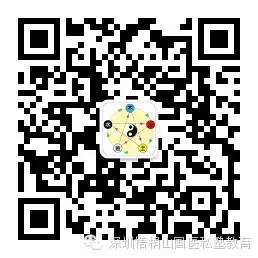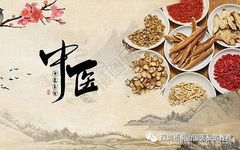The “Four Diagnostic Methods” (望闻问切, wàng wén wèn qiè) in Traditional Chinese Medicine (TCM) is one of the fundamental approaches for syndrome differentiation and treatment. It primarily involves observation, listening, inquiry, and pulse diagnosis to gather information about the patient’s condition, allowing practitioners to determine the nature, stage of development, and treatment plan for the illness. This method is a hallmark of TCM and distinguishes it from modern medicine.
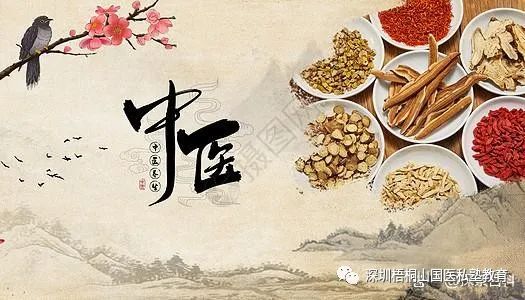
First, let’s discuss “Observation” (望, wàng). During the observation phase, TCM practitioners assess the patient’s complexion, facial color, eyes, tongue coating, tongue body, and nails to understand the internal disease status. For example, a yellowish complexion may indicate liver and gallbladder disorders, while a pale face with red lips may suggest a hemorrhagic condition.

Next is “Listening” (闻, wén). In this phase, practitioners listen to the patient’s breath, voice, and other sounds to diagnose the condition. For instance, a strong foul breath may indicate gastrointestinal dyspepsia or bacterial overgrowth in the intestines.
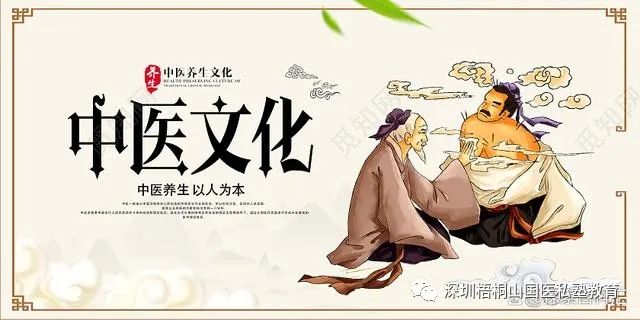
Then comes “Inquiry” (问, wèn). During this phase, practitioners gather information about the patient’s chief complaints, medical history, and family history. Through inquiry, detailed information about the condition can be obtained, allowing for a comprehensive understanding of the patient’s health status. For example, questions about the nature of abdominal pain, accompanying symptoms, and the onset of the illness are crucial.
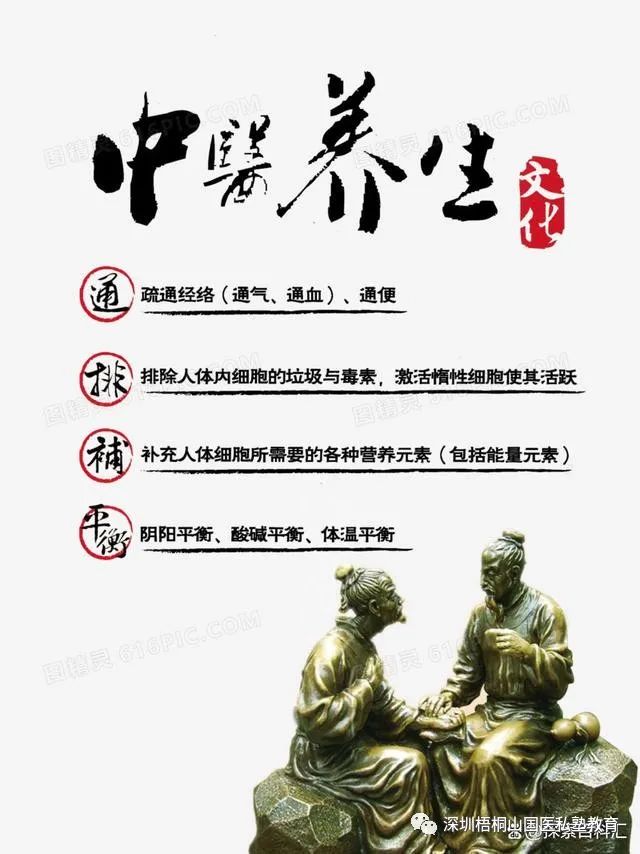
Finally, we have “Pulse Diagnosis” (切, qiè). In this phase, practitioners assess the patient’s pulse to determine their condition. For example, a slippery and rapid pulse may indicate a new onset of a cold, while a thin and rapid pulse may suggest hemorrhagic shock.
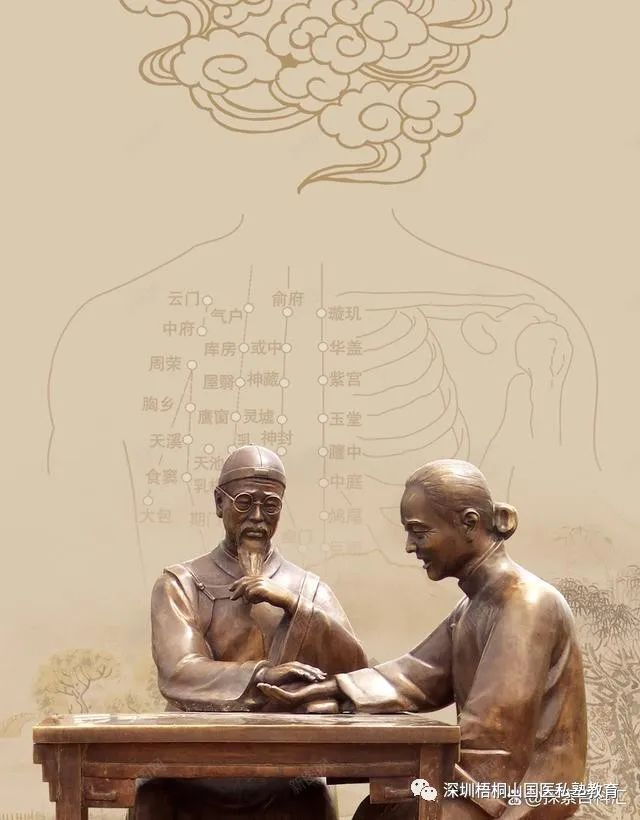
Through these four diagnostic methods, doctors can gather information about the patient’s condition and, combined with their experience and knowledge, formulate a treatment plan. This method is widely used in TCM and possesses unique, targeted, and accurate qualities. However, it requires practical experience and long-term study; only through practice can one truly master this method.
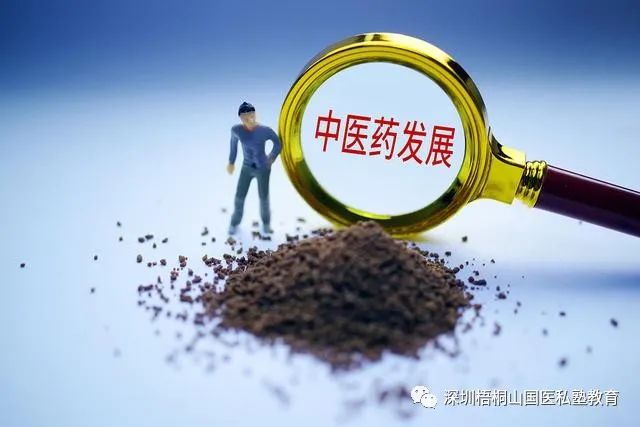
At the same time, this method has its limitations and is not suitable for some modern medical diagnostic techniques and drug treatments. Therefore, in the prevention and treatment of diseases, we should comprehensively utilize various methods from both TCM and Western medicine to better safeguard public health.
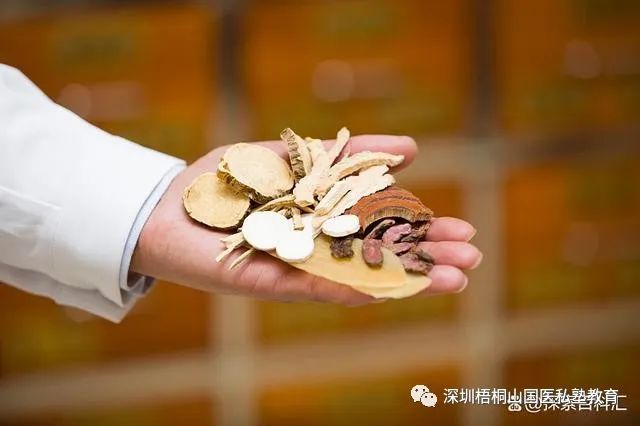
I believe that the “Four Diagnostic Methods” in TCM may seem simple, but they reflect the practicality of TCM culture. The depth and breadth of TCM culture are profound and worthy of our study.
· END ·If you enjoyed this article, please share it with your friends.
Question:How can I receive such articles daily?
Answer:Long press the QR code below and click to follow!
